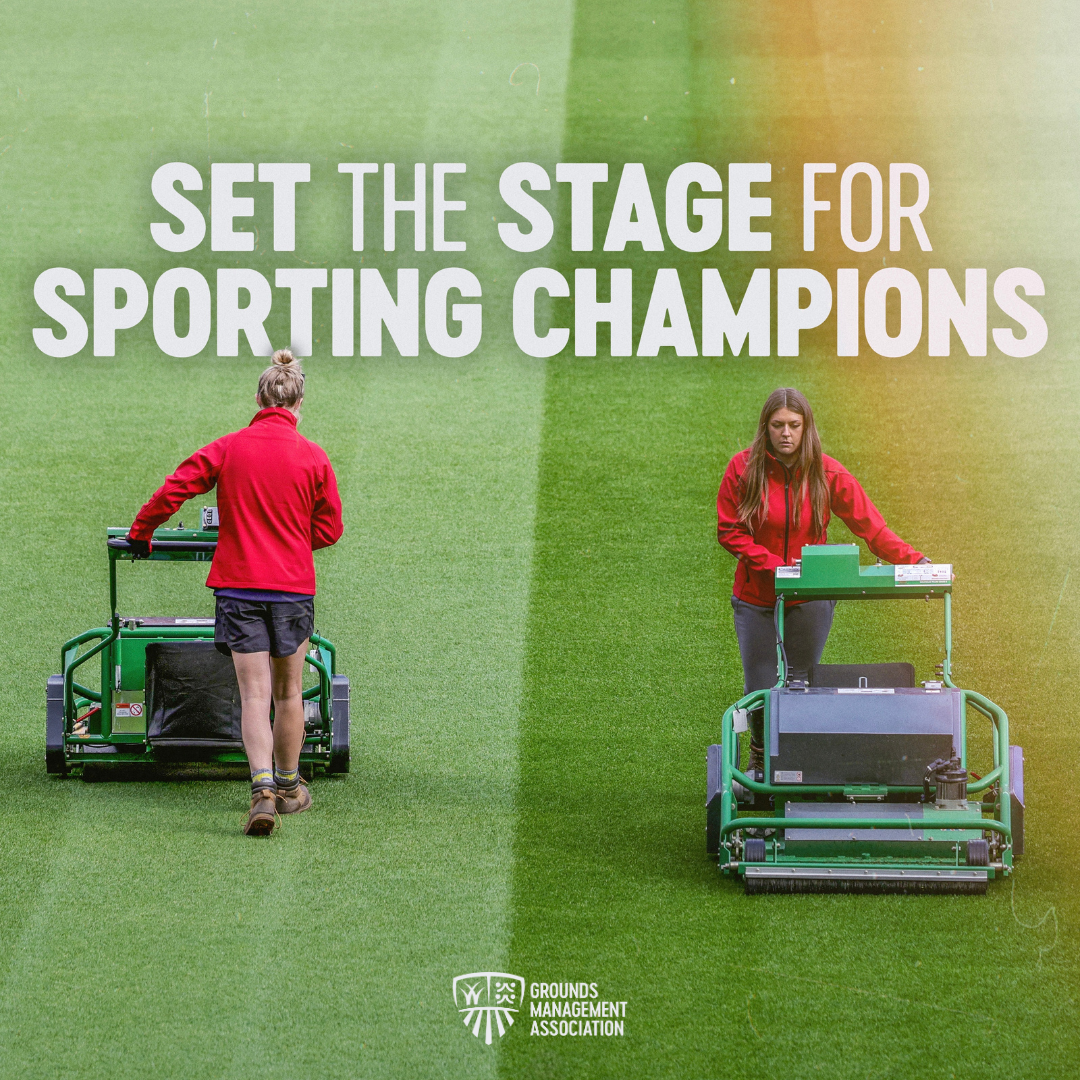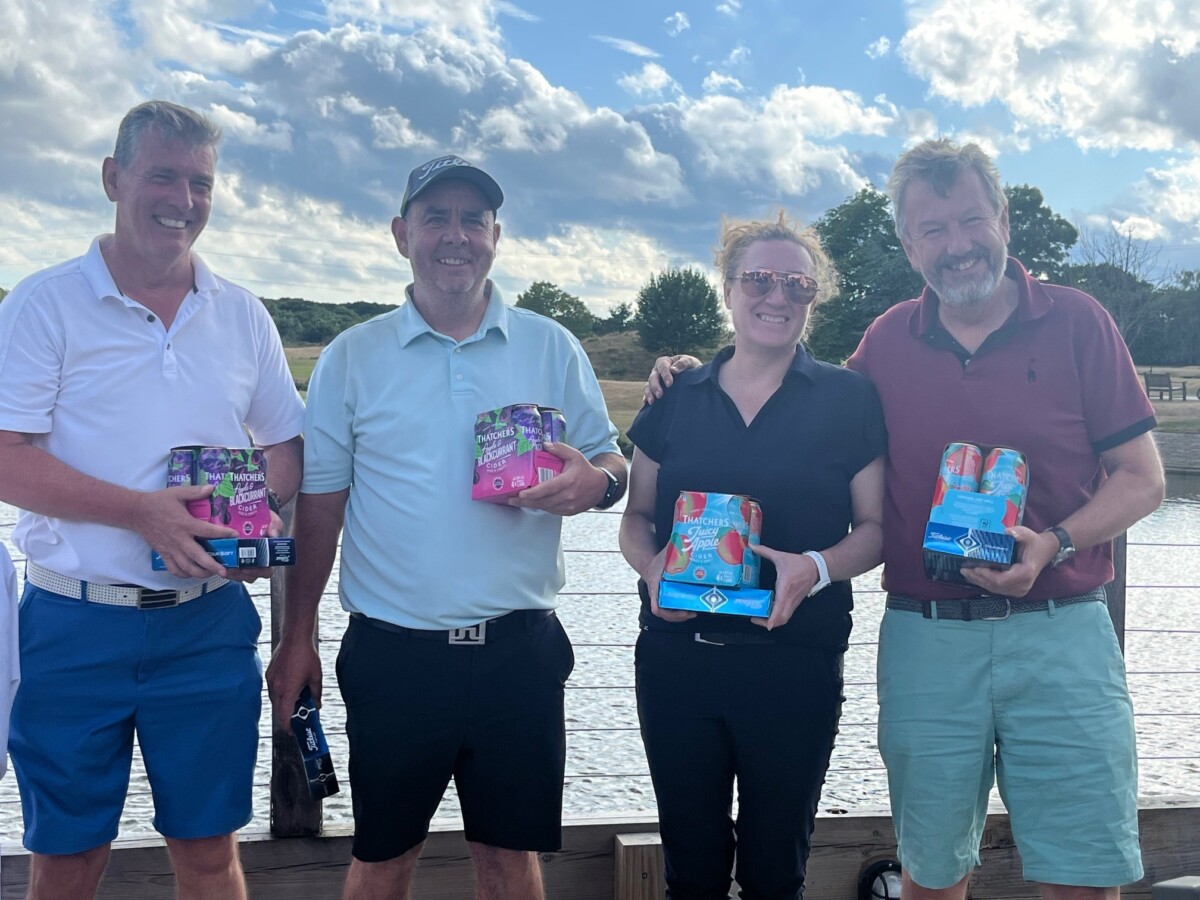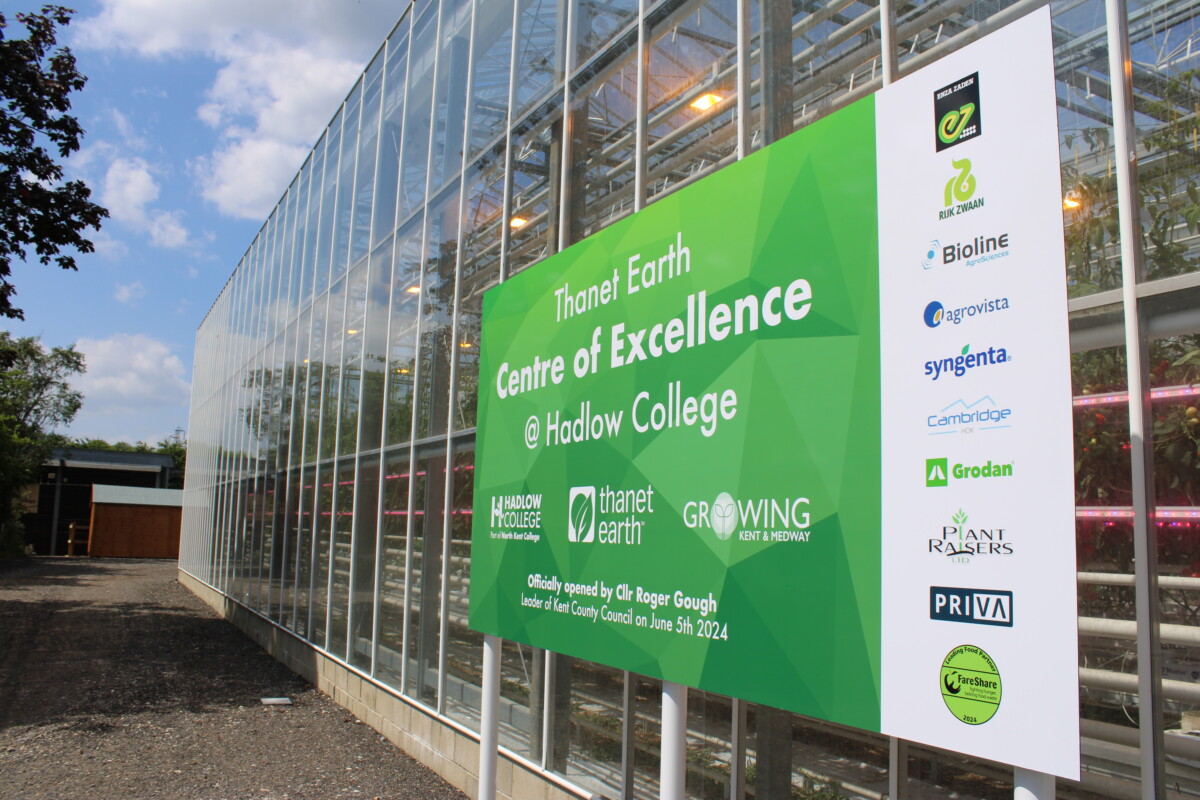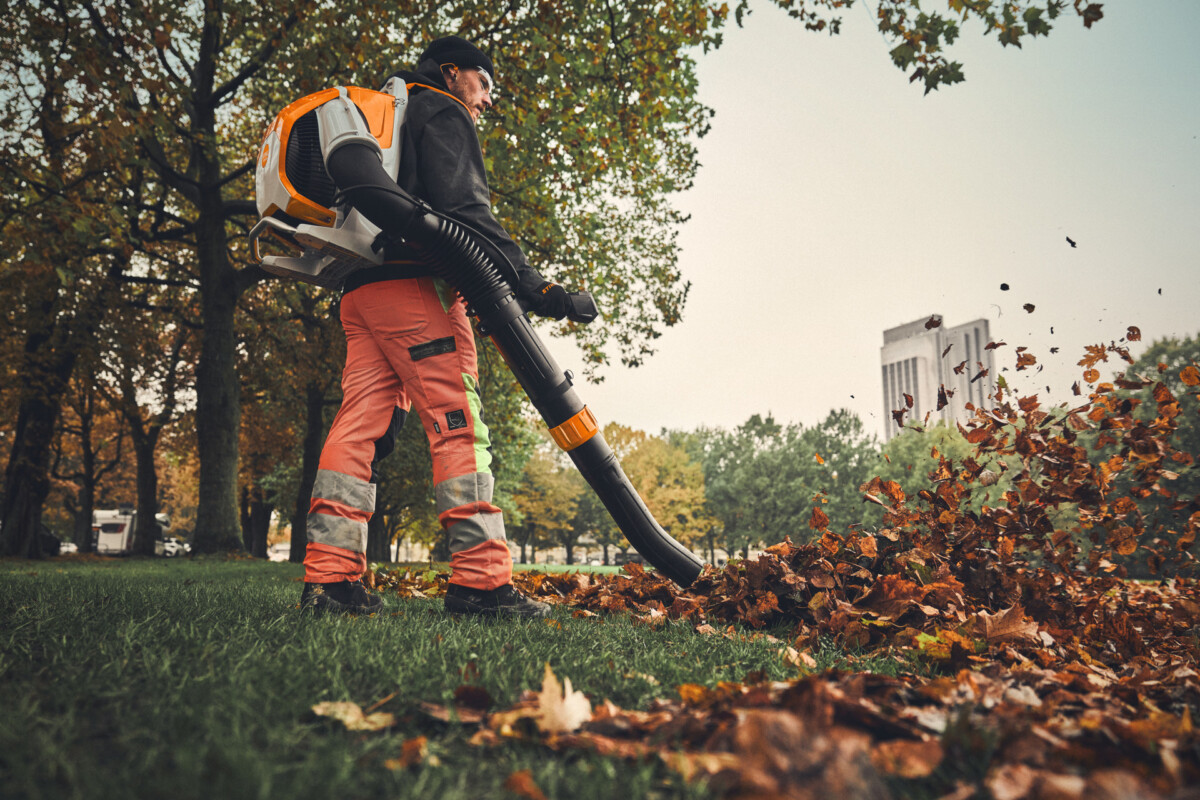Phytophthora destroys Yew trees in Surrey: Arboriculturists and gardeners alike will be familiar with the devastating effects that Phytophthora causes.
There are several hundred organisms of the Phytophthora species of oomycetes, commonly known as water moulds, and after honey fungus, they are the most destructive cause of root rot and stem base decay in trees and shrubs. They don’t stop there. Member species cause enormous problems for crops, bedding plants, pot plants, herbaceous perennials, and all types of woody plants. Above-ground symptoms include wilting and branch dieback, but these are often not apparent until the root decay is well and truly advanced. It may also be there are other factors at work below ground. Examination of roots might show a poor root system, but Phytophthora are microscopic, so there will be no evidence the organisms are the cause. Laboratory examination may be needed to decide if it is Phytophthora root rot or waterlogging, with which it is usually associated. Either way, improving drainage greatly reduces the chances and risk of the disease.
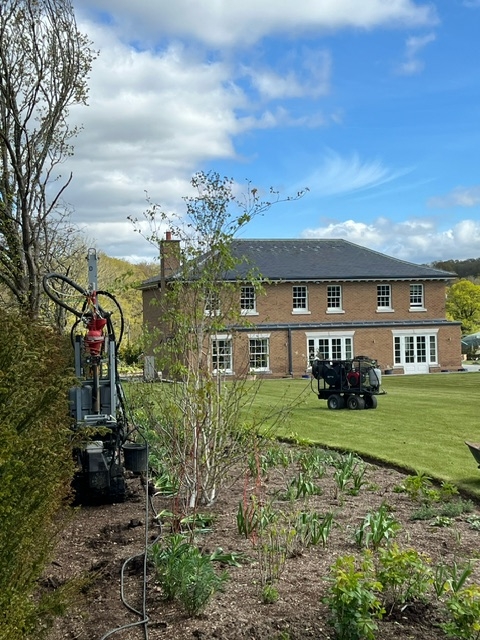
Phytophthora destroys Yew trees in Surrey
Such was the case at an extensive property in Farnham, Surrey. The owner had planted between 150 and 200 new Yew trees only to lose them to Phytophthora. It was decided to replace them, but the spores remain living in the soil. One solution is to destroy affected plants and replace the root run with fresh topsoil. The problem is, the Phytophthora may remain at depth. The solution in the Farnham garden was provided by Terrain Aeration with a combination of their Terralift deep aeration system and the owner’s treatment with a liquid product when rain was imminent. While the product does not kill the Phytophthora, it stops it from spreading. The Terralift uses a probe to reach a one-metre depth where it releases compressed air which fractures and fissures the soil in interlinked stages. The resulting aeration allows water and air to reach the roots and the water to drain, so no waterlogging. If the liquid product was watered over the top of the roots, there would be a lot of wasted run-off. Fracturing down at one-metre depth, creating fissures that allow the liquid to be washed in by the rain, and to reach through the root areas, is an effective combination.
Terrain Aeration www.terrainaeration.co.uk 01449 673783
For the latest industry news visit turfmatters.co.uk/news
Get all of the big headlines, pictures, opinions and videos on stories that matter to you.
Follow us on Twitter and Instagram for fun, fresh and engaging content.
You can also find us on Facebook for more of your must-see news, features, videos and pictures from Turf Matters.












